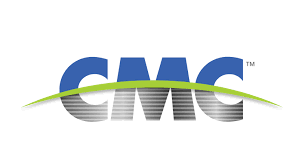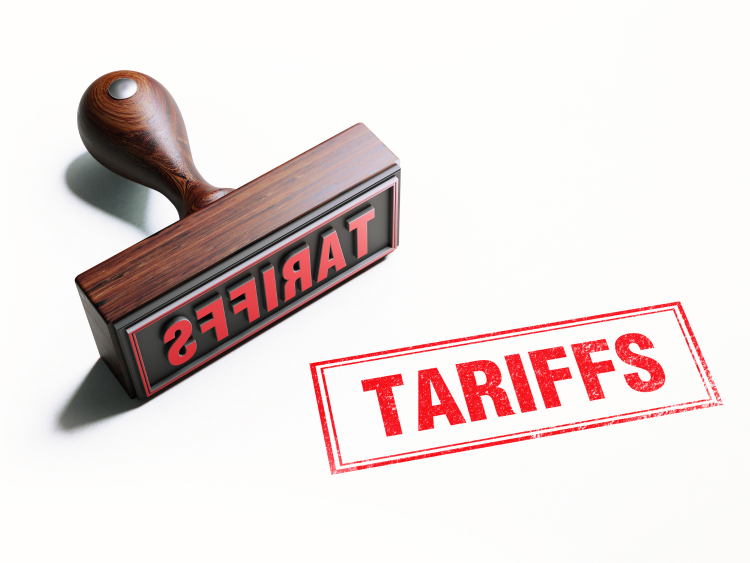Steel Markets

CRU: Sheet import demand softens as domestic price gains have slowed
Written by Brett Reed & Diego Giangreco
April 21, 2025
Price gains seen across US domestic steel sheet prices have started to slow. Pulled-forward demand over the past few months means that orders are beginning to decline, and many in the market are waiting to see where prices go domestically.
As a result, fewer buyers have expressed interest in taking a risk on imports. Not only could tariffs be changed overnight by the current administration (as happened in 2019), but also price volatility has shown that current offers can quickly become uncompetitive. Moreover, preliminary antidumping margins were set on imports from 10 countries for corrosion-resistant products. Some of these were set as high as 50% for a Canadian supplier, 138% for a Brazilian producer, and 88% for imports from Vietnam.
In parallel, the biggest development in terms of trade was the announcement of “Liberation Day” tariffs, for which it is now known will not be added on top of Section 232 tariffs on steel products.
While hot-rolled (HR) coil import offers are not particularly attractive, those for value added products remain so. Cold-rolled (CR) coil offers from Asia, for example, were heard at $970 per short ton (st) delivered duty paid Houston, while domestic CR coil prices were assessed at $1,169 /s.ton for the third week in April.
Total longs imports continued to fall from their January highs, as importers were waiting for the announcement of the reciprocal tariffs. According to the US Department of Commerce, March license data shows ~75,000 metric tons (mt) of rebar imports and ~88,000 mt of wire rod imports, down from ~166,000 mt and ~114,000 mt, respectively, in January. The main origins were Canada, Egypt, and Mexico, though volumes from Canada and Mexico showed signs of reducing.
However, the dependency on wire rod imports is currently even higher for specific grades such as tire cord due to limited US production. The revised Section 232 which came into effect in mid-March removed the earlier exemption on tire cord imports. This has concerned buyers who are heavily reliant on these imports. While product-specific exclusions by company are still in effect until their end date, these are providing little relief due to the tariffs on related products and higher costs.
Brazilian slab export prices remained stable
Brazilian slab export prices remained stable month over month (m/m) in April at $515/mt FOB, despite US HR coil prices holding at higher levels. Brazilian slab export offers were lower, though as the country is not exempt from Section 232 tariffs as before and is facing higher competition from other regions. In terms of trade, export volumes almost doubled in March over February, increasing m/m by 91%, with the main export market being North America accounting for 92% of exports, with the remaining volumes going to Argentina and the United Kingdom.
This article was first published by CRU. To learn about CRU’s global commodities research and analysis services, visit www.crugroup.com.
Brett Reed
Read more from Brett ReedDiego Giangreco
Read more from Diego GiangrecoLatest in Steel Markets

CMC looks beyond Arizona micro-mill woes to long-term viability of construction mart
Despite the economic and geopolitical upheaval of the last five years, CMC President and CEO Peter Matt points out that the construction market has been an essential element of the way forward.

US importers face stricter rules under revamped S232 tariffs
“CBP expects full compliance from the trade community for accurate reporting and payment of the additional duties. CBP will take enforcement action on non-compliance," the agency said in a March 7 bulletin.

Steel exports rebound in January
US steel exports recovered to a five-month high in January after having fallen to a two-year low in December. This growth follows four consecutive months of declining exports.

Construction spending drops marginally in January
Construction spending edged down slightly in January, slipping for the first time in four months. The US Census Bureau estimated spending at a seasonally adjusted annual rate of $2,196 billion in January, down 0.2% from December’s downward revised rate. The January figure is 3.3% higher than a year ago. January’s result, despite the slight erosion, […]
